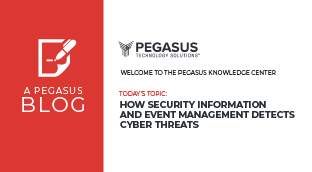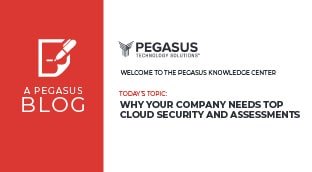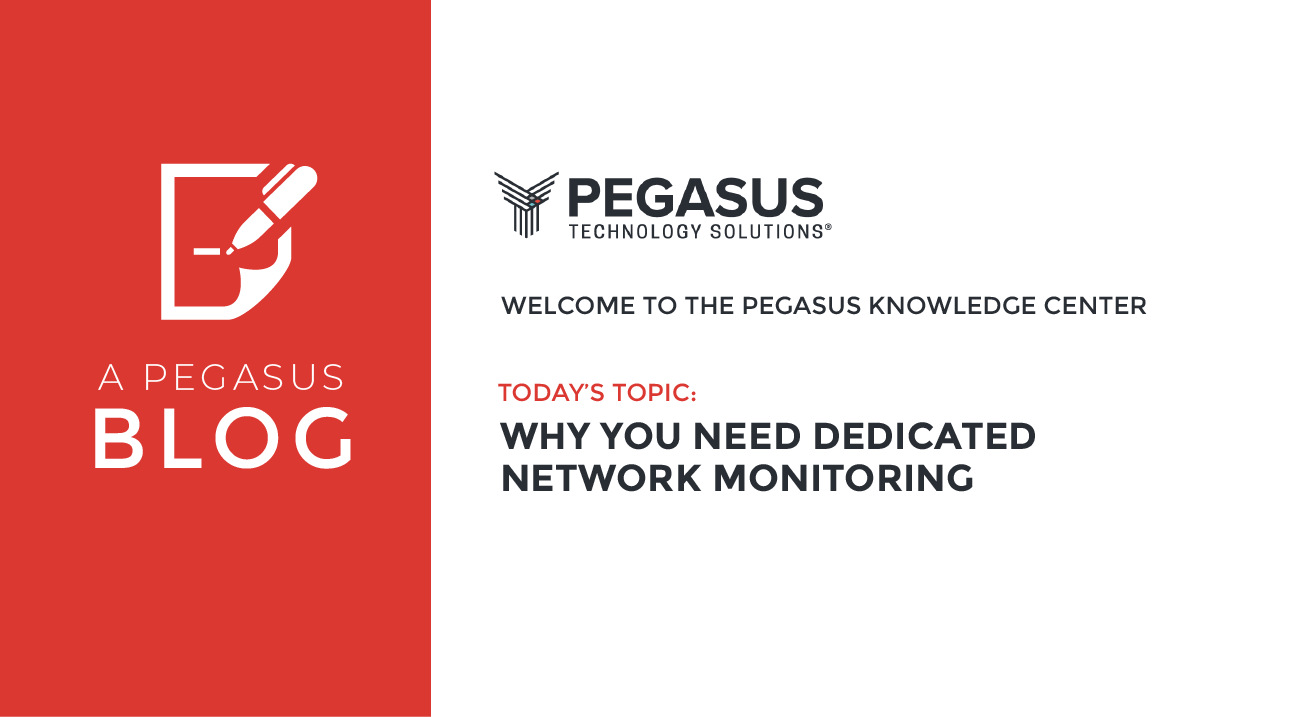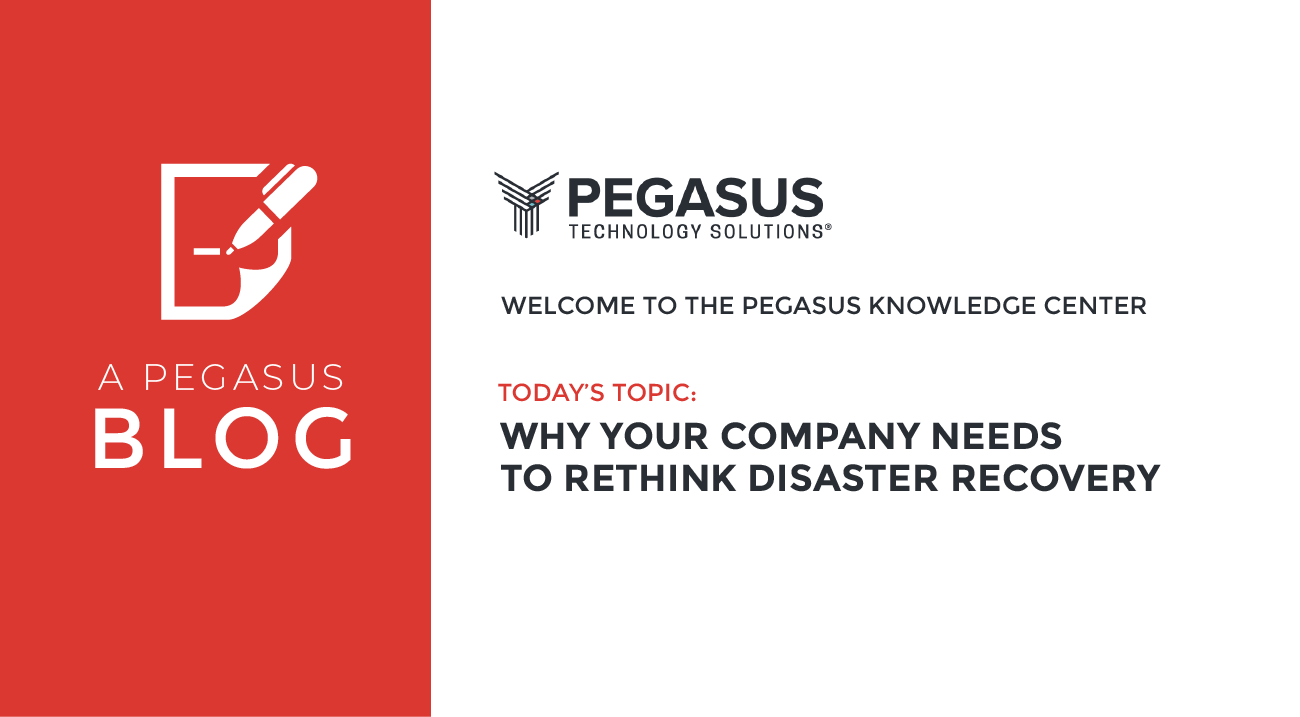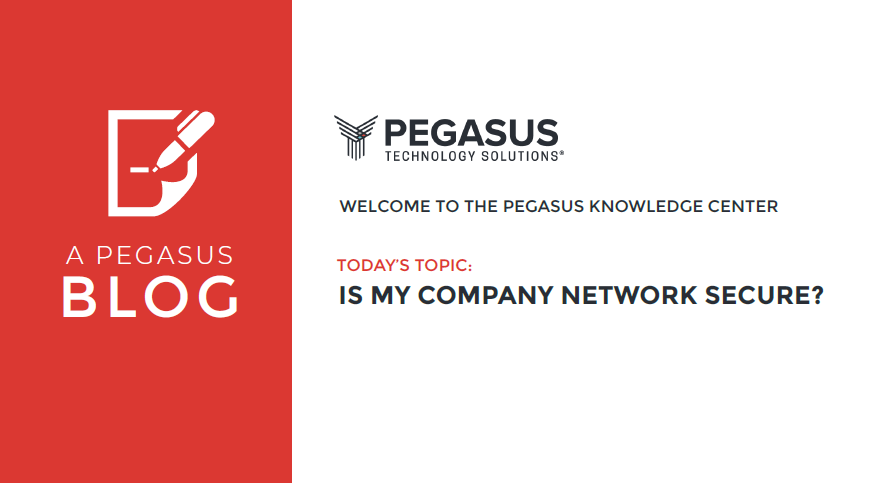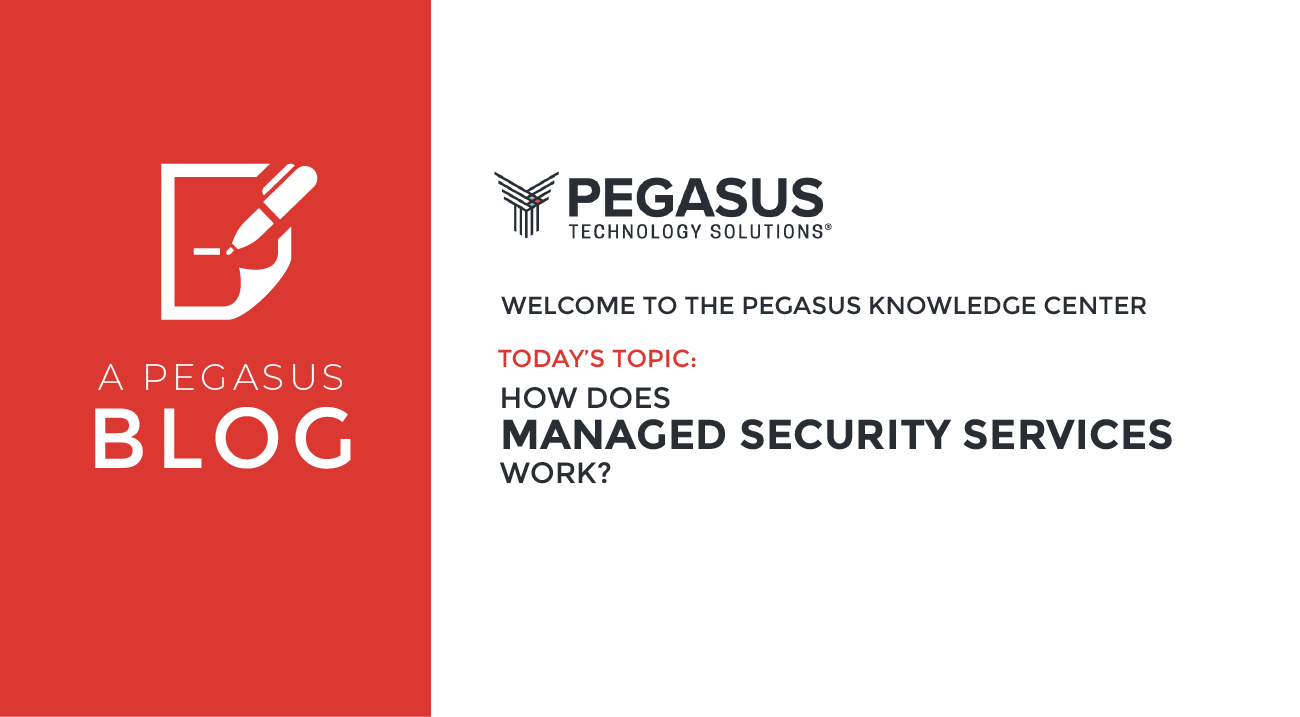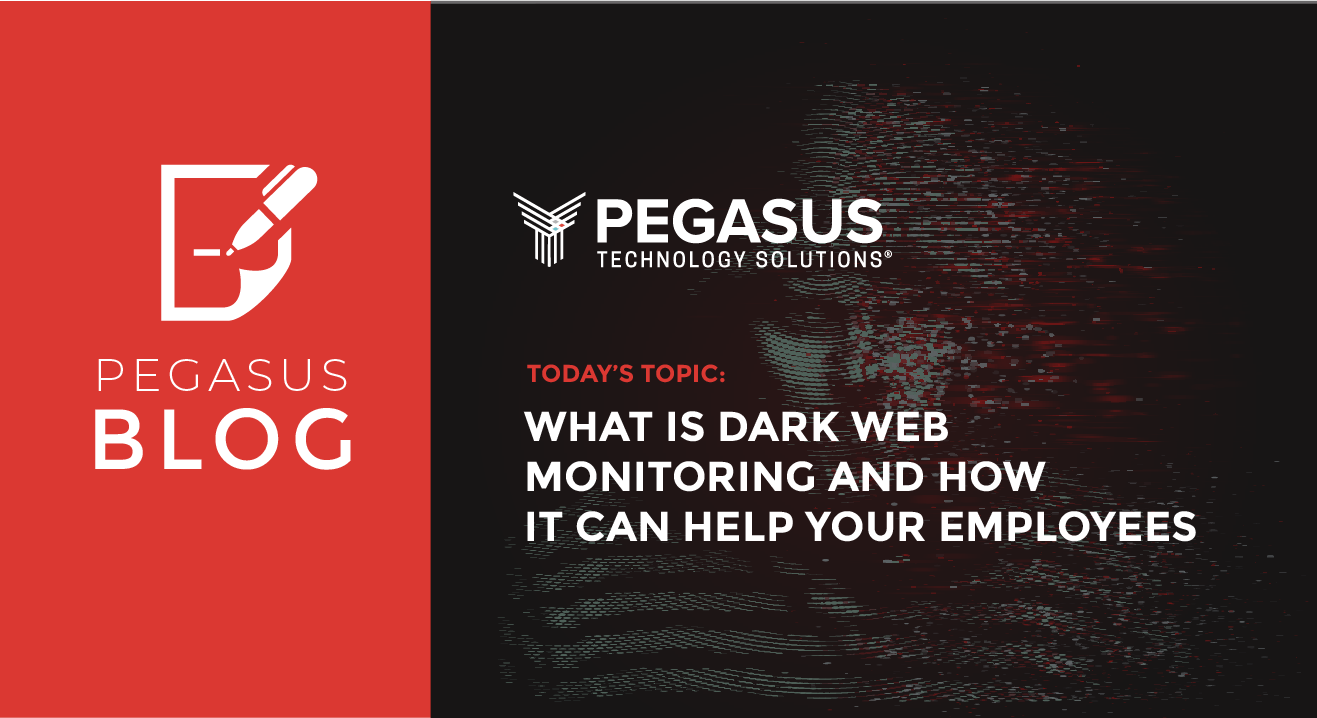Small businesses may think they won’t be targeted by cybercriminals, but they would be wrong.
With the increase in the number of cyberattacks, chances are that small and medium businesses (SMBs) will suffer their share of attacks. According to the IT Governance USA Data Breaches and Cyber Attacks – USA Report 2024, 6.8 million known records were breached in more than 2,700 publicly disclosed incidents within a 5-month period.
Hackers that use ransomware, one of the most popular attack vectors, sometimes target SMBs because they think smaller businesses are more likely to pay a small ransom than to shell out the big bucks for remediation. During December of 2023 and February of 2024, ransomware accounted for approximately 50% of cyberattacks.
To combat today’s advanced and pervasive threats, small businesses need to use managed security services to strengthen their cybersecurity.




